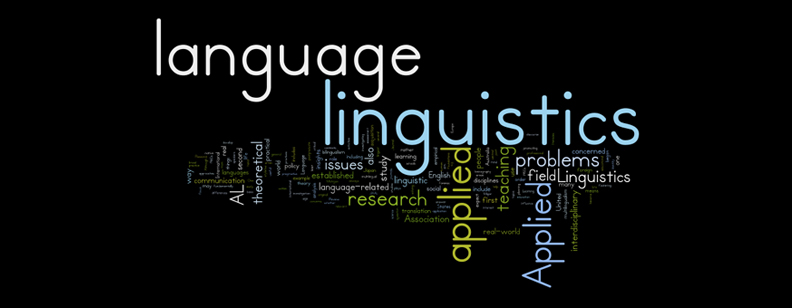1960s and 1970s, under the influence of structural Translation Theories in Linguistics, German translation formed two schools, the Leipzig School (represented by A. Neubert, O. Kade) and the Saarbrücken School (represented by W. Wilss).
The former was based on the transformational generative grammar, which means to have strict distinction between constant cognitive factors and the variable pragmatic factors; latter was a loyal follower of the doctrines of Nida, which advocated the establishment of translation science.
At this point, Functionalist translation theory emerged. It aimed at solve the weak links in translation language schools, which drew extensively from the ideas of communication theory, action theory, information theory, discourse linguistics and aesthetics of reception, and made the study’s attention shifted from the source language to the target language. Functional school is sometimes also referred to as teleological school since skopos theory had a far-reaching influence on it
Katharina Reiss:
Her earliest work can be traced back to a book published in 1971, Möglichkeiten und Grenzen der Übersetzungskritik (Possibilities and Limitations of Translation Criticism). According to the classification of text types, Reiss introduces an audio-media type to cover the rising of translation and separate this kind of translation besides sticking the conventional three based on Buhler’s functions of the linguistic sign.
Furthermore, Reiss mentions three main functions of those different text types, which are informative, expressive and operative, and shows the connection between three text types and various text varieties in the form of diagram.
Besides She also asserts that those three primary functions of translated texts have clear influence on the performance of translator, which expressive texts should be have a identification of translation method, and operative texts require an appropriate translation according to the way the intended audience are assumed to response to the text, whereas informative texts need to be translated with necessary expansions and explanations. This is called integral communicative performance by her.
Read Also: Translation Industry In My Eye
Hans Vermeer:
He tries to bridge the fracture translation theory and practice, and proposes that skopos theory should free from the constraint of original text centricism. In his book, Grundlegung einer allgemeinen Translationstheorie (Foundations of General Translation Theory, with Katharina Reiss, 1984) he addresses the framework of the theory. “Skopos” comes from the Greek, means behavioral objectives.
This theory explains that translation is a behavior with objectives and results and must be based on the original language and done through consultation. There are a series of principles, but Skopos rule comes first. In addition, the translation should also comply with the intratextual coherence rule and the the intertextual coherence rule (also known as the fidelity rule).
Christiane Nord:
For the first time she introduced the academic ideas of functional school comprehensively and systematically, and put forward her own views for the deficiencies. In Text Analysis in Translation (1991), she describes the internal external factors of text analysis in translation, as well as how to make translation strategies which are in line with the objectives of translation, and also she divides translation into instrumental translation and documentary translation.
The former considers translation as an independent information delivery tool of the cultural communicative behavior of target language while the later one consider translation as literature for original author and original recipient to use in cultural communication.







